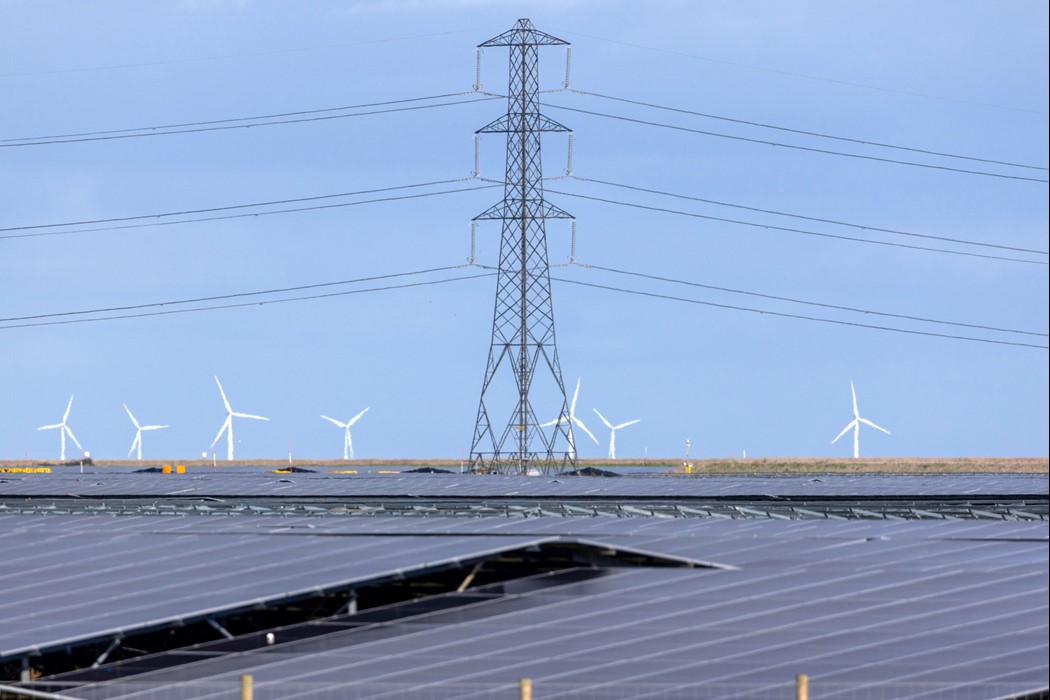UK Could Miss 2030 Clean Power Goal, Parliament Committee Warns
Jun 03, 2025 by Bloomberg(Bloomberg) -- The UK’s goal of a clean power grid by 2030 is in danger of slipping out of reach as planning delays and infrastructure bottlenecks challenge the government.
The ambition requires “building more energy generation and network infrastructure at a faster pace than Great Britain has managed in recent years,” according to a report from the House of Lords Industry and Regulators Committee published on Wednesday.
The comments highlight the challenge faced by Prime Minister Keir Starmer and Energy Secretary Ed Miliband, who presented renewables and lower power bills as a key promise to voters last summer. Now, Reform UK, Labour’s main political challenger, is describing their net zero policies as both expensive and out of reach.
The UK is aiming to get 95% of its electricity from low-carbon sources like renewables or nuclear power by 2030. To reach that it will need at least 43 gigawatts of offshore wind capacity, nearly three times the amount already in operation.
While reaching the clean grid target was already challenging, Denmark’s Orsted A/S’s cancellation last month of plans to build a massive wind farm in the North Sea has made it even harder. SSE Plc has also cut its pipeline for renewables by about 2 gigawatts.
Companies have cited poor returns when cutting back their renewable plans. The government needs about £40 billion ($54 billion) of investment each year to stay on track with its green aims.
“We believe that the government should publish its performance against a set of key metrics for delivering the target every six months,” the committee’s report suggested.
Moving from a national pricing model system to a zonal one — with cheaper tariffs for areas, such as Scotland, with lots of wind farms and higher rates in places where demand is stronger — could make better use of existing grid infrastructure and lower consumer bills, the report said.
However, the government would need to carefully assess how this switch would impact “generators and major consumers that are unable to move in response to different prices, including whether they should receive transitional support,” the report stated.
©2025 Bloomberg L.P.
By


















